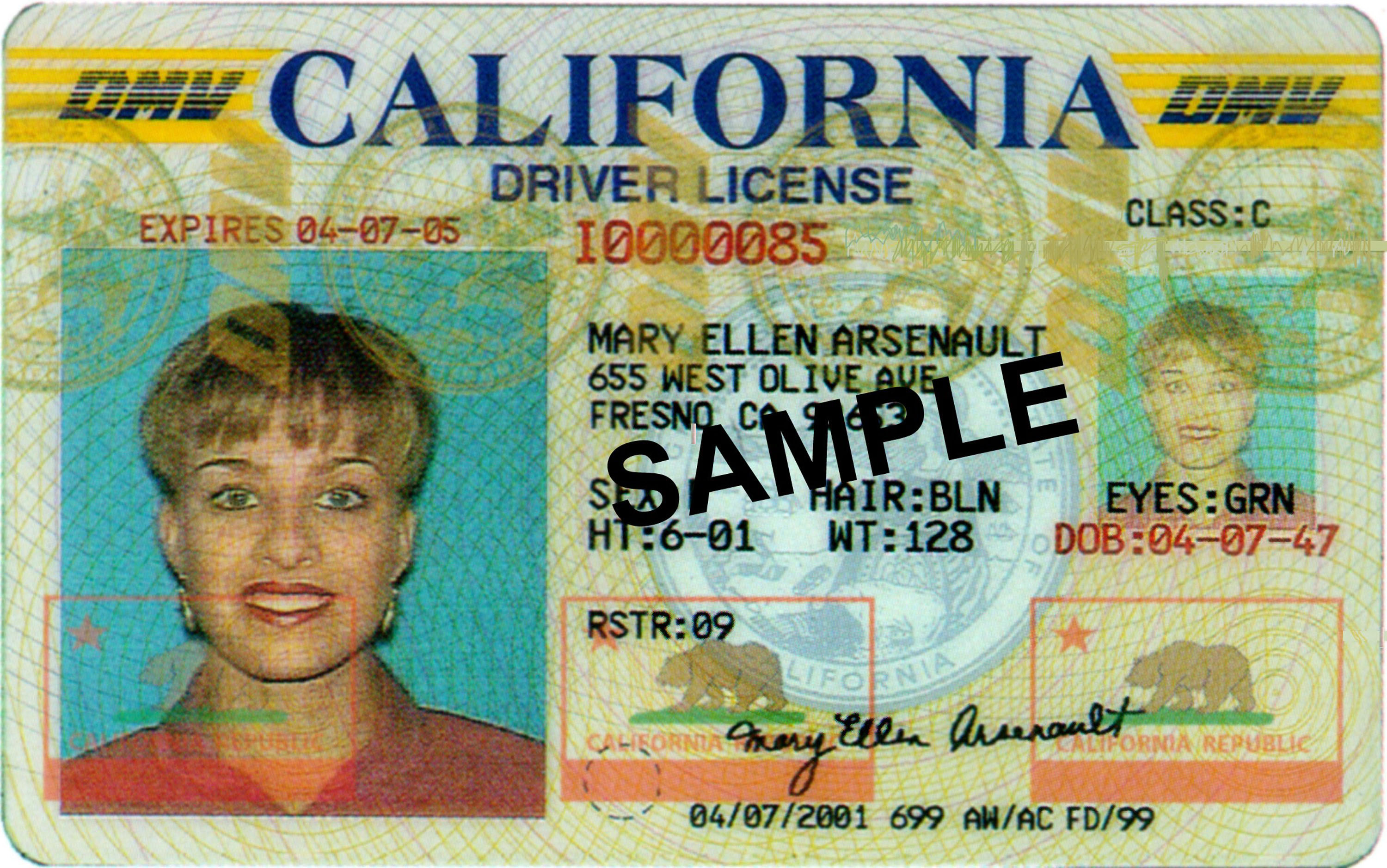Trans Folks: Everything You Need to Know About Updating Your IDs Before Trump Takes Office

There is a lot of uncertainty about what a Trump presidency will mean for many communities, but one group that has been particularly nervous is transgender people. Sunday marks the annual Transgender Day of Remembrance, a day used to commemorate people lost to anti-transgender violence in this past year, just one indication of the serious challenges facing the community.
One area that trans people are focusing on in this moment is having identification documents that match their identity. Below are common questions and answers about updating documents before the Trump Administration officially enters the White House.
Why does having identification that matches your gender identity matter?
Having identification that matches a trans person's identity can be particularly important to avoid harassment or confusion when entering establishments that require IDs, traveling or interacting with police. A survey conducted by the National Center for Transgender Equality (NCTE) and the National LGBTQ Task Force found that people of color and those with lower household incomes and educational attainment were less likely to have updated IDs and records. Overall, 40 percent of respondents reported harassment when presenting an ID that didn't match their gender identity. The rate for Black people was 50 percent and 53 percent of multiracial people.
What kind of documents include gender identity?
There are many forms of identification that include your legal name and what is known as your "gender marker"—the "M" or the "F" indicating that you are male or female. Driver's licenses or state identification cards, birth certificates, passports, green cards and other immigration documents are the main forms of identification that include gender markers. It can also be important to update a number of federal records that use gender markers: your social security record, veteran and military service records and selective service registration.
Will the Trump Administration make it more difficult for trans people to update their documents?
There has been a considerable amount of panic among transgender folks about how the change in administration might impact their ability to update IDs, a process made significantly easier during the Obama Administration. For example, changing a passport gender marker once required documentation of sex reassignment surgery. Now it only requires a letter from a physician confirming appropriate clinical treatment for gender transition.
Arli Christian, state policy council for NCTE, says that while we don't know what to expect with the new administration, it's unlikely that the process for updating identification documents will change. First, it is important to remember that states actually control the process for changing your name, updating your drivers license and your birth certificate. So a change in the federal government isn't likely to alter these processes. For state-by-state information about ID policies visit NCTE's online ID Documents Center.
What if Trump passes an anti-trans executive order?
Christian says it's unlikely that Trump will pass an executive order that will make it harder for transgender people to update their gender on federal documents including passports. The changes to that process were made by the federal agencies themselves in 2010 to 2011. It would take a lot of concerted effort to change the policies.
Should I still look into to updating my name and gender marker on my IDs?
"We do recommend to folks to go ahead and get IDs updated if you are in a place where you are ready to do so," says Christian, because they can't say for certain how this transition will impact this process. Some people might not be ready because they haven't decided on what name they'd like on their legal documents or because they are still in the process of transitioning. Christian says that if you aren't yet ready to move forward with this process, you should wait until you are.
If I'm ready to start the process, where should I begin?
Christian says a good place to start is your name-change petition. Name changes actually have nothing to do with gender. Anyone can petition to change their legal name, but the process for doing so varies state by state. In the District of Columbia, for example, a person must submit a petition to the court.
A good next step, says Christian, is updating your drivers license or state ID since those are used most frequently in daily life. Lastly, she says, "Getting a passport or getting an updated passport is a great priority because we have a very good policy in place now." NCTE has a step by step guide for updating your passport here.
What kind of documents do I need to make these changes?
For drivers licenses' and birth certificates, you'll have to refer to your state policies. But for passports and other federal documents, as the policy stands currently, the main thing you'll need is a standardized letter from a physician you've been working with that indicates that you've received "appropriate medical treatment." A catch: There is no one standard about what appropriate medical treatment for gender transition is, so it's up to the discretion of the provider. Get more detail about this process here.
Is it expensive to update names and gender markers on IDs?
The cost of updating documents depends a lot on what state you live in. Some places offer fee waivers for people on public assistance, but generally speaking there are costs attached.
Where can I find more resources?
NCTE has its ID Documents Center and a trans legal services network that provides state-by-state contact information. In many places there are free legal clinics that provide services and support to trans people pursuing these changes to their identification. This Trans Health resource has a listing of trans friendly health clinics across the U.S.
